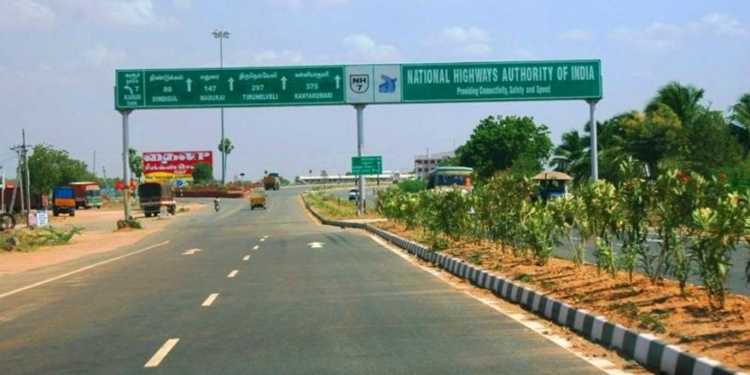Infrastructure has been a priority for Modi government in last four years. It made significant investment in public transport, highway construction, railways, and water transport and air connectivity. The large public investment in infrastructure was supported by oil bonanza which government got in initial years due to slump in crude prices. There has been very low investment in roads sector by UPA government because various welfare programs like MGNREGA have constrained the government from financing infrastructure building. The last big push in road development was in NDA-1 government led by former prime minister Atal Bihari Vajpayee. The two big infrastructure projects- Golden Quadrilateral Network and Pradhan Mantri Gram Sadak Yojna (PMGSY) were started during this time.
NDA-2 government also prioritizes infrastructure spending like NDA-1. The Modi government has built 28,531 km of national highways in its four years since 2014-15, which is 73 percent more against the 16,505 km achieved by the Manmohan Singh government in four years till 2013-14. The construction of highways in India is done mainly by two agencies- National Highway Authority of India (NHAI) and Ministry of Road Transport and Highways. NHAI is an autonomous agency of Indian government which is responsible for construction and management of National Highways. According to the ministry “all agencies responsible for highway construction built 2,345 km of roads in the first three months of the current financial year, compared with 2,260 km in the corresponding period last year.” NHAI has achieved the construction pace of 8.3 km a day from just 1.8 km a day in the corresponding period last year. Te contracts awarded by NHAI and the ministry of roads transport and highways saw a whopping 47 percent compound annual growth in last four years while execution of road contracts witnessed 23 percent compound annual growth.

The rate of highway construction touched almost 27 km per day in the period of April to June this year, as against 25 km per day in the same period last year. This is due to innovative solutions the government came up with to spur the pace of construction activity. A large number of stalled projects were blocking infrastructure projects and at the same time adding to NPAs of the banking system. To overcome this problem, the Modi government brought what is called the hybrid annuity model (HAM) in 2015. Under the HAM, the government will pay 40% of the project costs to the developer in the first five years through annual payments (annuity). The remaining payment will be made on the basis of the assets created and the performance of the developer. In this model there will be a toll right for the developer, while revenue collection would be the responsibility of NHAI. The advantage of HAM is that it gives money to the developer to start the project and the financial risk is shared between both.
The pickup in NHAI’s pace of construction is mainly due to the new hybrid annuity model (HAM). Earlier, there were two main models of highways construction in India- the Engineering, Procurement and Construction (EPC) Model and Public-Private Partnership (PPP) model. In the EPC model, the government bears almost all the costs of the project and is responsible for operations and implementation. The difficulty of this model is the high financial burden for the government. On the other hand in the PPP model, a road developer constructs the road and is allowed to recover his investment through toll collection. In the PPP model, the developers hardly ever delivered on time. However, due to HAM model, the midsized companies which got most of the contracts saw their order books being three to four times of revenues. There are also concerns over timely execution of awarded projects. So, the government is expected to shift back to EPC model where government bears most of the project costs and is responsible for operations and implementation despite the financial burden involved in it.































